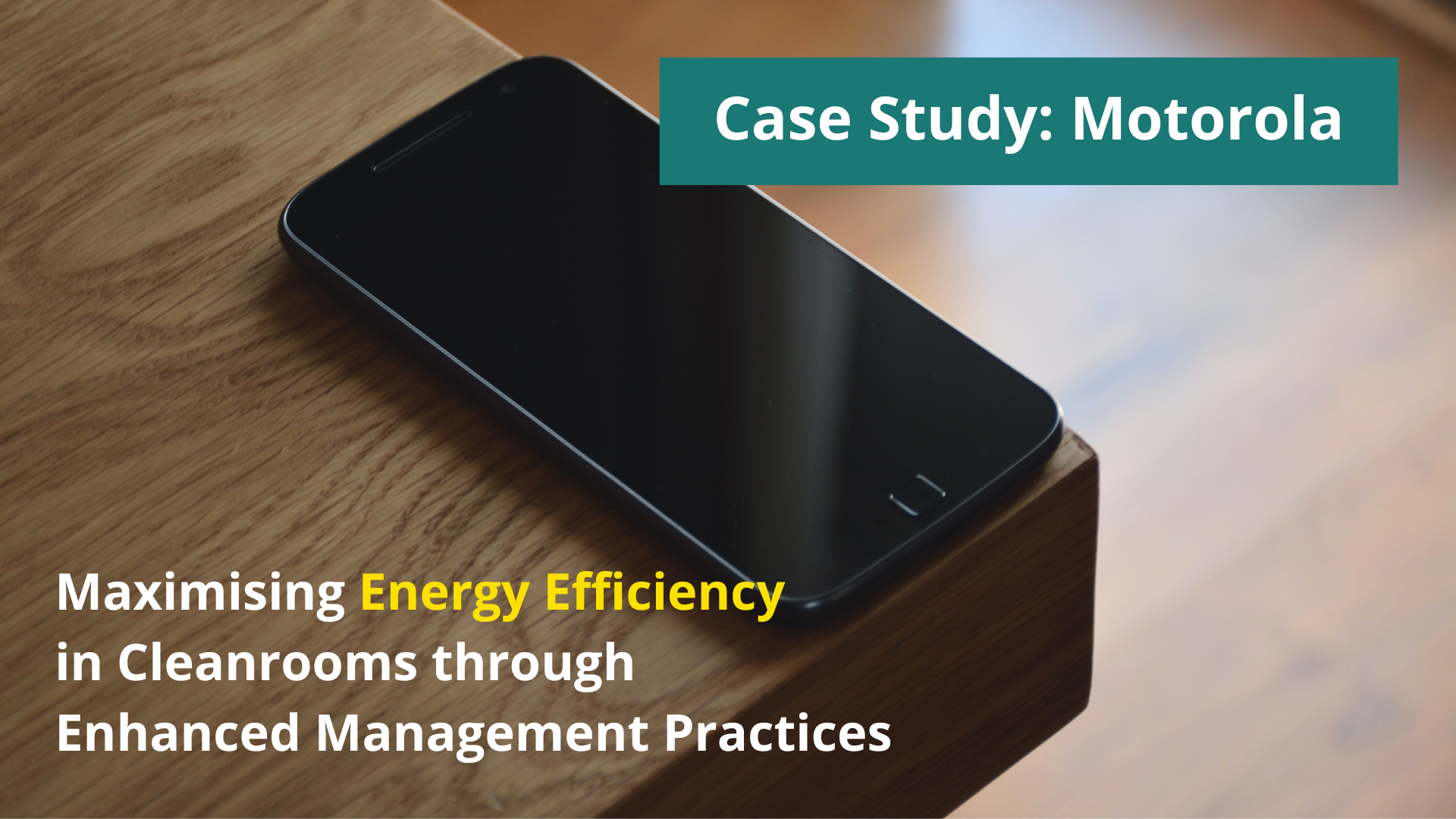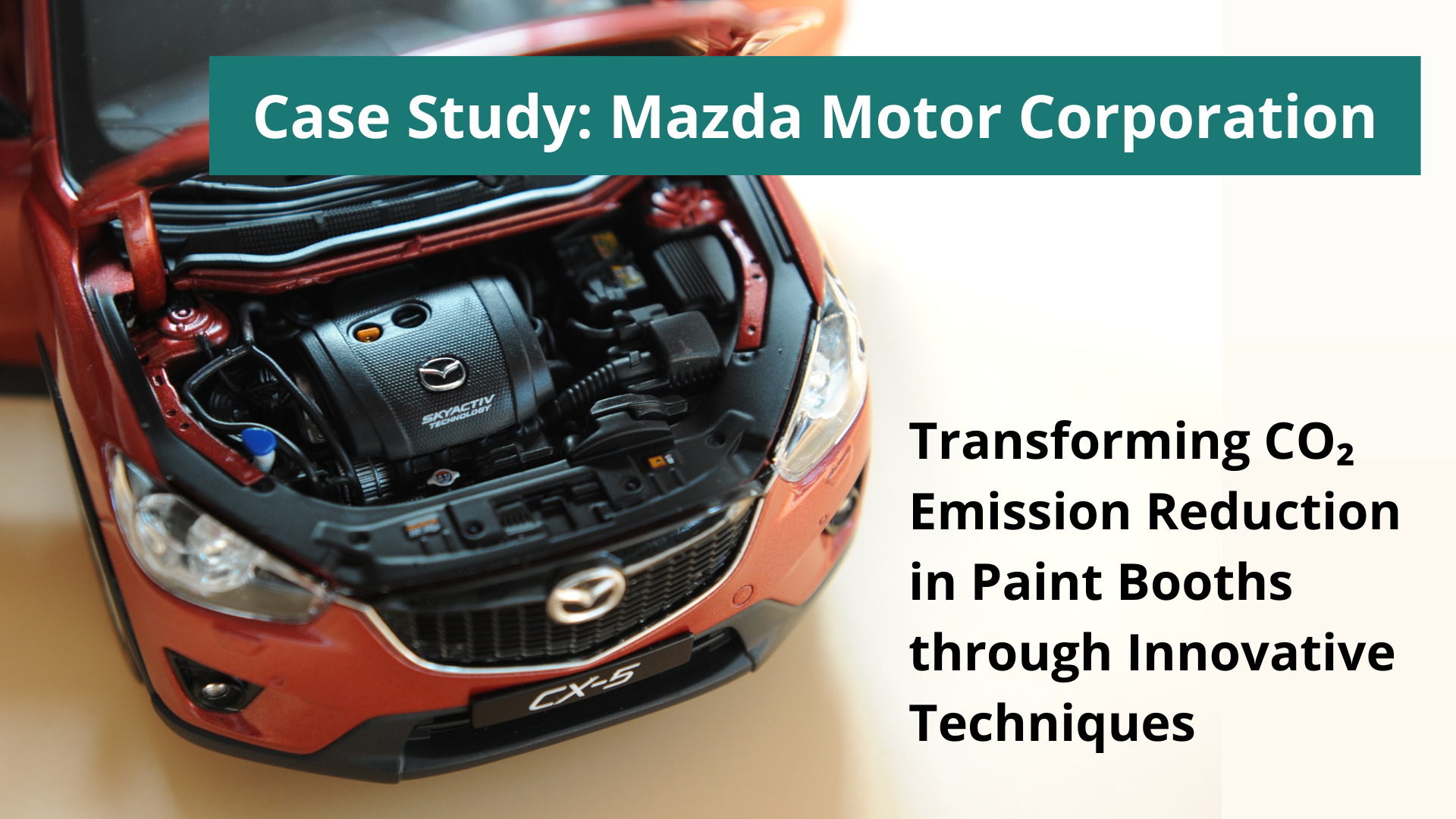
Airspace is a crucial part of the modern world’s infrastructure. It enable to move goods and people quickly and experience different cultures.
You’ll be surprised to know that the demand for foreign aerospace decreased by 75.1% in 2020, due to the pandemic. Fortunately, the future for the aerospace industry looks promising as many aerospace manufacturing companies are looking to make a comeback into the market in 2022.
However, increasing production in the aerospace and aviation sector isn’t as easy as before because companies have to keep in mind the environmental impact of their products too. The increasing environmental degradation has pushed companies to find innovative ways to ensure sustainable manufacturing methods.
If you work in a small or medium scaled manufacturing company that operates within the broad aerospace sector or it’s supply chain, we’ve listed for you some innovative ways to become more eco-friendly. Continue reading this blog to find out all about it.

Potential Pollutants In The Aerospace Industry
Aeroplanes are an integral part of the trade and travel industry as it helps transport people and goods from one place to another in short time. Yes, aircraft have made trading easier than before, but they’ve also polluted the environment.
Traditional aeroplanes are known to pollute the environment on a large scale, which is why companies are switching to sustainable aeroplanes. Here are two different types of aircraft pollution:
Air Pollution
Aircraft engines can pollute the environment by emitting multiple pollutants detrimental to our health such: Carbon Dioxide, Nitrogen Oxides, Carbon Monoxide, Unburnt Hydrocarbon, Soot, Sulphur Oxides, Particulate Matter.
Noise Pollution
Aviation noise can cause a wide range of diseases such as cardiovascular diseases and sleeping disorders. It can also be a source of stress and anxiety for many individuals.
Aircraft and aircraft components manufacturers constantly invest in research and development to decrease contributions in contaminating the environment through harmful pollutants and noise.
Save Energy
It’s no secret that the manufacturing of aerospace products requires energy. The energy resources used can pollute the environment, which is why they should always be utilized efficiently.
So, how do you go about this? Here are some simple ways you can reduce energy wastage:
Develop A Power Management System
If your employees aren’t shutting down your machines properly, it can be a massive burden on your budget as you’ll waste a lot of fuel daily.
If you want to decrease costs, an excellent alternative is to use a power management system that can automatically shut down your manufacturing machines after a period of inactivity. This system can also prevent fires and help your manufacturing system recover from power outages.
Switch To Energy Efficient Machinery
Installing an energy-efficient machine can be costly, but think of it as an investment that can help on a long term. Energy-efficient machinery can produce high levels of output using low fuel. This not only decreases overall energy costs but can help you decrease carbon footprint as it’ll also reduce fuel usage.
As a manufacturer delivering to an aerospace industry, you perhaps produce complex aircraft components, which need extreme attention to detail. If you want to ensure your workers create high-quality components, you have to provide them with proper tools and excellent lighting, both – in manufacturing lines and in inspection points. However, using traditional lighting can use a lot of energy and can negatively impact the environment. So, what do you do?
An excellent alternative is to use LED lighting, which uses less energy than conventional lights. LED lights can be even installed in aeroplanes, which can not only improve its aesthetic appeal but decrease fuel costs too.
Use Heat Exchangers
From cooling the air in the aircraft cabin to warming fuel in the tanks, there are multiple heating and cooling components needed in a single aircraft. But what if you could use a single product that can help you cool and warm objects for your aerospace manufacturing process? Sound’s too good to be true, right?
Luckily, a heat exchanger is a top-class tool you can use to transfer heat from one system to another. This machine can help you reuse excess heat, saving a lot of energy and maximising the overall efficiency.
If you want to learn more about the applications of a heat exchanger, here are some of its common uses in an aircraft:cabin heating, aeroplane oil coolers, aircraft windshield heating, thermal management systems, electronics cooling, de-icing.
Every small and medium-scale manufacturer operation in the aerospace supply chain can mix up energy-saving techniques to come up with best solution.
Fuels and Materials
It’s no secret that using fossil fuels for your manufacturing processes can amplify greenhouse emissions. You’ll be shocked to know that we emit fifty billion tons of greenhouse gases every year, and if you want to play your part in decreasing greenhouse gases from the environment, you shall focus on how to reduce the fuel consumption.
How you can contribute to the reduction of the fuel consumption as a manufacturer of aircraft components? One way is to focus on the weight of the manufactured components. It can be done via the reduction of the material used or change of the material used. Wherever possible (not compromising quality) work with design authority to evaluate the possibility of using:
- less material,
- lightweight material,
- recycled material,
- recyclable material.
Sourcing strategy – materials and packaging
You can focus on sourcing manufacturing material and packaging material from sustainable sources, which adds positive impact to the overall eco-efficiency of your business. You may opt for using local suppliers, so that you can minimize transport related carbon footprint and save transport costs.
You may also work with your suppliers to use returnable packaging systems so that it circulates between you and your supplier many times instead of being disposed.
Start Using Sustainable Fuels
When it’s not possible to reduce the consumption any more, sustainable fuels can help you make a positive impact on the environment. Did you know the first full flight with a biofuel took off in 2008? And since then, more than 150,000 flights have used biofuel, which speaks volumes about its success. You can use biofuels to make a positive impact on the environment. If you’re a manufacturer, you can design and make products that can function efficiently with biofuels and play a positive part in revolutionising the aviation industry.

Evolution of Hybrid Aerospace Products
Even during the pandemic when the aviation industry was down, aircrafts recorded one billion tonnes of carbon emissions. With this massive amount of pollution every year, it has become a necessity for aerospace manufacturers to start decarbonizing modern aeroplanes.
Aerospace manufacturers already started researching hybrid and electric products that can decrease the dependence on fossil fuels and help us save the environment before it’s too late.
Implement APQP practices
Introduction of the Advanced Product Quality Planning (APQP) according to the aerospace standard AS 9145 will help you to implement Design for Environment (DfE) practices aiming to reduce the overall impact of a product on the environment. DfE practices will focus on the use and processing of production materials, packaging materials, design for disposal or reuse and design for energy efficiency. Using standards such ISO 14006 or ISO/TR 14062 contribute to developing sustainable products and transfer from linear economy to circular economy by:
- minimising waste through design of materials, products and systems,
- reducing material consumption,
- maximising the circularity of materials throughout their lifecycle.
Focus On ISO 14001
Managing environmentally related processes such and keeping track of environmental performance can become a nightmare if your company doesn’t have a top-of-the-line Environmental Management System (EMS). However, constructing an EMS from scratch can be a hassle, especially if you don’t have the technical knowledge of ISO 14001.
The ISO 14001 is a set of international requirements used to make an EMS. The standard is in line with Harmonised Structure and the requirements are divided into ten main sections, which we’ve listed here:
- Scope: This section determines the scope of the standard.
- Normative references: No normative references in case of the ISO 14001 standard.
- Terms & Definitions: This section contains clarification of frequently used terms and definitions.
- Context of the organisation: This section contains requirements, to be compliant to ISO 14001 you’ll have to highlight the internal and external environmental issues that your company faces and define so called interested parties of your EMS.
- Leadership: To launch a successful EMS, the company leadership would need to engage and show commitment to ensure EMS is effective, reduce negative impact to the environment and brings positive outcomes.
- Planning: Without a solid plan, your EMS has a high chance of failure. This is why you must identify potential risks or opportunities that may affect your EMS, address those risks and opportunities, identify all environmental aspects and decide on environmental objectives.
- Support: Without effective team support, making an EMS can be a massive challenge. You’ll have to notify every employee about the policies of the EMS and the role they have to play for its success.
- Operation: This section states that you’ll have to identify different processes that might have a environmental impact e.g. transportation, CNC machining, product disposal and other. You’ll have to prepare emergency procedures to be compliant with this clause too.
- Performance evaluation: This clause states that you’ll have to constantly monitor your EMS by conducting an internal audit program and taking management reviews.
- Improvement: In this section, you’ll have to analyze your EMS system and look for potential flaws that can help you improve your system.
Implementing the requirements of the ISO 14001 can help your company enhance its eco-friendly brand image. If you want to use the guidelines adequately, you’ll have to conduct rigorous data analysis to find environmental flaws in your company’s production process, which can help you boost efficiency. You will find out more about the environmental management system and environmental aspects here:
- 9 Simple Steps to Making Your Business More Sustainable and Eco-Friendlier
- How Can You Evaluate the Environmental Performance Of Your Business?
- Environmental Management in the Company—Fashion or Necessity?
- Protecting the Planet with Standards— Different Types of Environmental Management Standards
- 8 Ways Businesses Can Reduce Their Carbon Footprint
- The Ultimate Guide to the Identification and Evaluation of Environmental Aspects within the Organisation
- Benefits of Improving Environmental Performance
- FAQs about Environmental Management Systems
- 5 Benefits of Creating Environmental Management Systems for Your Company
Analysing every section of requirement can take you an eternity, which is why it’s better to get assistance from environment management experts that can help you kick-start your eco-friendly project.

Build An EMS
Once you’ve analysed the requirements of the ISO 14001 standard, you need to start building an extensive environmental management system. Here are some steps to make a staunch EMS for your company:
Step 1: Define Your Objectives
Before constructing your EMS, you must analyze why you need an environmental management system in the first place. Look out for manufacturing processes that can be improved and can save energy. Try to find eco-friendly alternatives to your manufacturing procedures that can help you reduce your company’s carbon emissions. The good way to do so is via conducting so called gap analysis. It is a preliminary comprehensive analysis, during which the auditor examine gaps between the current state and requirements of the standard. Gap analysis is a good way to define the preliminary list of your environmental aspects and impacts.
Step 2: Build An EMS Implementation Team
Even if you’ve identified every loophole in your processes, this isn’t enough! You’ll need to make an efficient team that can implement and construct an adequate environmental system for your company.

Step 3: Analyse Your Budget And Make A Proper Timeline
Yes, investment in eco-friendly technology cn be costly. Eco-friendly machines are more expensive than traditional machines, but why are companies still preferring them? We’re glad you asked!
Firms are switching to eco-friendly manufacturing processes because its benefits outweigh the costs. Even though firms have to pay a little extra for these machines at the beginning, they can easily cover the costs by saving a lot on energy costs and costs of maintenance during the life cycle.
If you’re launching an EMS, you should make a budget beforehand to avoid financial issues in the future. You should also construct an extensive timeline to ensure your environmental management system is created on time.

Step 4: Rigorously Monitor The Progress Of Your EMS
Yes, you might have implemented the ISO 14001 and constructed an EMS, but do you think that is enough? Not at all!
You need to constantly keep an eye on the performance of your EMS to ensure it’s meeting your company’s environmental objectives. Analysing the EMS while handling your business operations can be tricky. This is why you may wish to consider hiring professionals who can audit your EMS and help you become an eco-friendly organisation.
Visit EQM Consult to get top-notch services related to implementation and auditing of an environmental management system. Our team has relevant experience in implementing all the ISO standards within small-scale and medium-scale organisations.
Our experts can help your company follow the requirments of ISO 14001 or EMAS. We can conduct an extensive audit to find loopholes in your processes that can help you reduce wastage and improve overall efficiency.
Get in touch with us today for more details.


Ph.D. Beata Paliwoda
Founder and Owner of EQM. Environmental and quality consultant and auditor. Professional career built in Quality Assurance departments in various companies from the automotive, aerospace, railway industries, as well as a management systems consultant. Successfully completed many complex projects related to the implementation of management systems, process improvements and business transformation. Auditor of ISO 9001, ISO 14001, AS 9100, project manager of APM, lecturer at the Poznan University of Business and Economics, researcher on the effectiveness of EMS and QMS in organisations.






